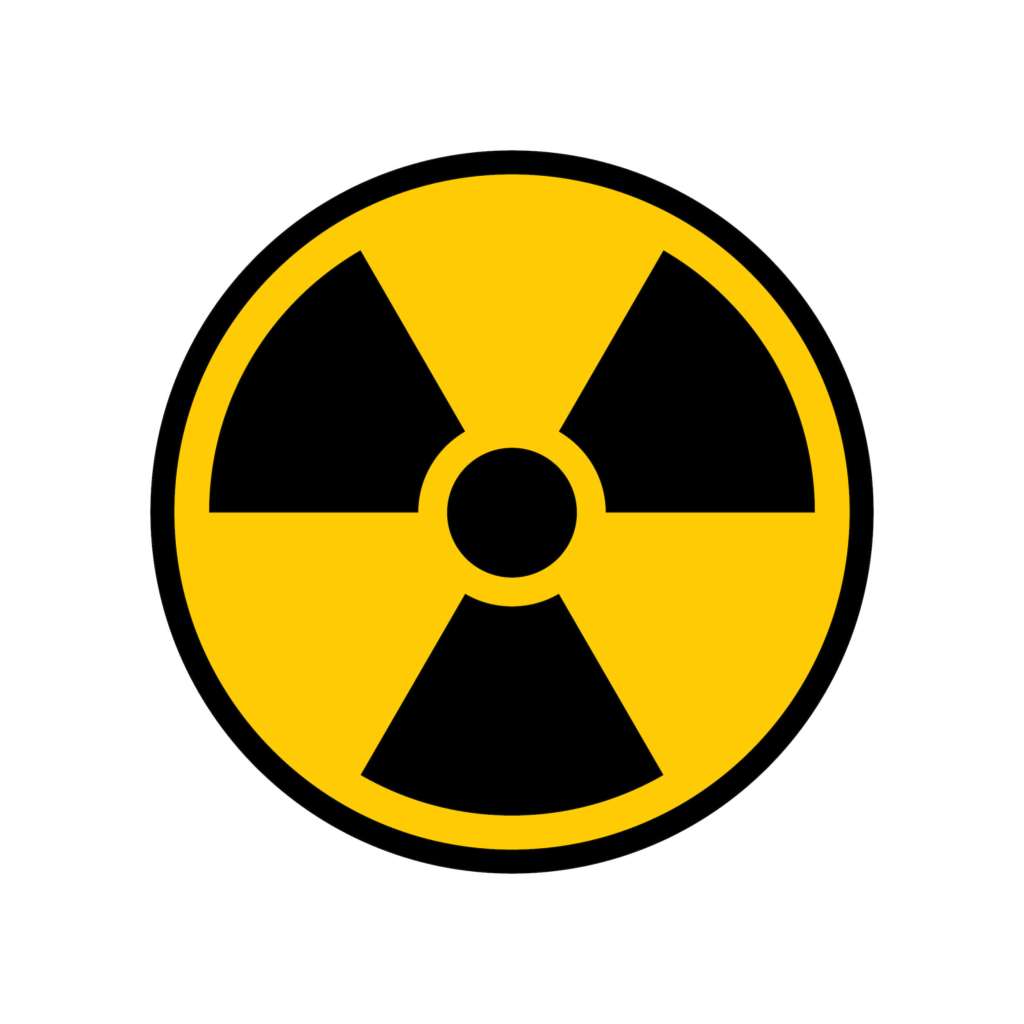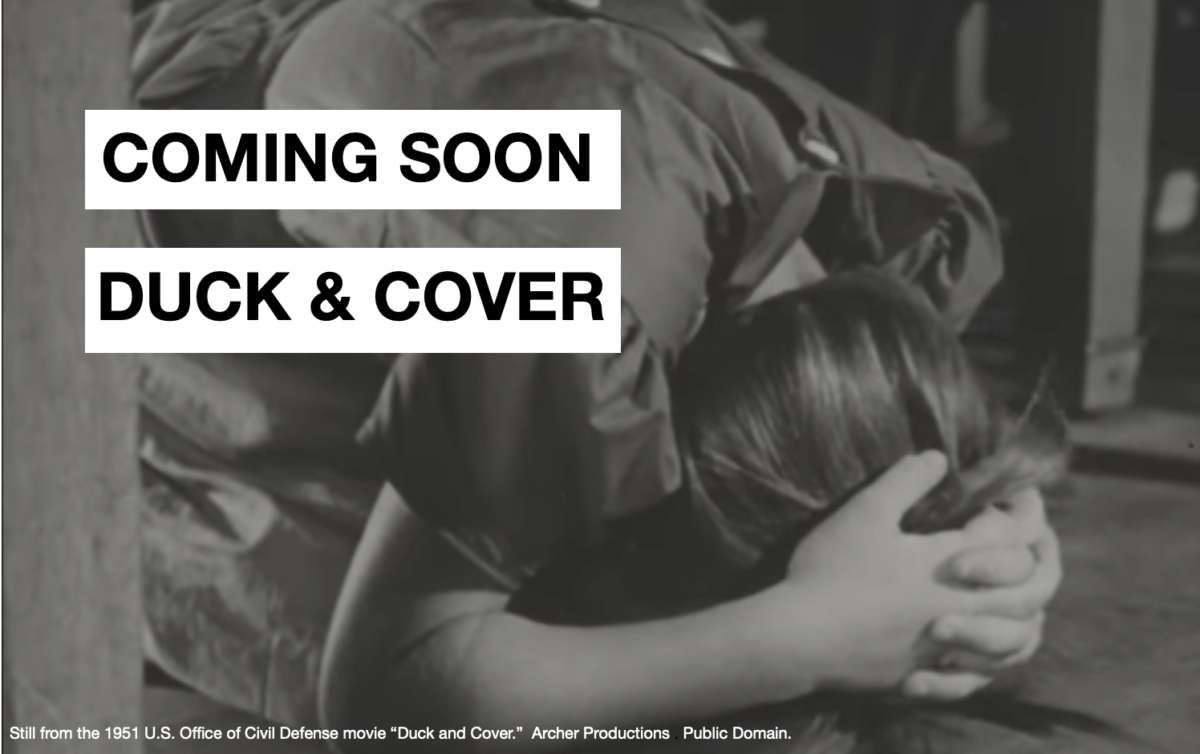Saturday, March 19. Today, the British press (plus MSN) are reporting that, according to sources, Russian President Vladimir Putin has ordered nuclear evacuation drills for him and his staff (including his senior ranking generals.) These drills would involve the Ilyushin Il-80 planes (particularly the Zveno-S upgrades if they are ready) which have been dubbed “Flying Kremlins” and from where Putin could order the launch of his nuclear weapons. These same sources state that Putin’s family has already been evacuated to a nuclear hardened facility far from Moscow. Perhaps it will not be a drill at all? Does Putin know something that we do not? To be prepared, we need to revisit the procedures in the old film “Duck and Cover” as a civil defense refresher.
Usually, these same newspapers I refer to get a bit ahead of the news. They are more likely to “lay it out” while the more mainstream papers and news programs might sit on the story a bit longer, rechecking sources and generally playing it safe. Sometime the tabloids get it wrong, but sometimes they scoop their competitors.
I’m not about to say that I think there will be a nuclear attack anywhere in the world in the near future as a direct or indirect consequence of the war in Ukraine. And I certainly have not heard from God about this as some might claim. What I do think is that the U.S. cannot afford to ignore (1) Putin’s repeated threats concerning his nuclear options, including his willingness to resort to them; (2) the fact that Putin is accountable to no one in Russia, and (3) that there is a growing consensus in the West that he may not be healthy (including the possibility that he is on steroids.) Accordingly (4), I think it is entirely prudent that someone (preferably government) start running some sort of low-key public service spots on television or in the print media. Counties should be tasked with providing civil defense related instructions to their citizens. Ordinary people need to know what to do and where to go in the event of an emergency. Sheriff departments across the country have reserve deputies, many counties have Skywarn spotters, etc. These are great resources to tap in to. We don’t want panic, but think of how much further ahead the U.S. might have been at Pearl Harbor in 1971 (for example) had we been expecting an attack from Japan sometime in early December and had we planned especially for that contingency?
So in this post, rather than focus on matters of faith, I wish to comment on basic survival. Much of what I include is equally useful in the event of a tornado or hurricane warning as well as a nuclear attack.
Start here
Rather than repeat what is excellently presented elsewhere, I want to just make you aware of where you can find important information that will help you survive a nuclear attack, including the consequences that follow. Some might argue that there is no point in attempting to survive a massive, nuclear attack, but we have families, friends and fellow citizens who will need our help afterwards. We all have some skill or talent and this will be important in the days, weeks and months that follow any future attack.
Sirens
In the U.S. sirens warn us of bad weather, possibly for fires in smaller communities that depend on volunteers assembling as firefighters. Generally, sirens indicate that we should go immediately indoors and seek information. Sirens are by law tested at least monthly, perhaps for example at noon on the third Wednesday, and so on. There may be differences from state-to-state as far as what they signify, but as far as I know, what follows below is the most current guidance from FEMA’s National Warning Systems Guide, CPG 1-17 published on March 1, 1980, which describes the Civil Defense Warning System (CDWS) and its warning signals, and as revised by FEMA’s National Warning System Operations Manual, Manual 1550.2 published on March 30, 2001:
- Attack warning: a 3 to 5-minute wavering tone on sirens or a series of short blasts on horns or other devices. The “attack warning” signal means an actual attack or accidental missile launch was detected, and people should take protective action immediately. The signal will be repeated as often as deemed necessary by local government authorities to get the required response from the population, including taking protective action from the arrival of fallout. This signal will have no other meaning and will be used for no other purpose. (However, sometimes the “attack” signals used for tornado warnings.)
- Attention or alert warning: a 3 to 5-minute steady signal from sirens, horns, or other devices. Local government officials may authorize use of this signal to alert the public of peacetime emergencies, normally tornadoes, flash floods, and tsunamis. With the exception of any other meaning or requirement for action as determined by local governments, the “attention” or “alert” signal will indicate that all persons in the United States should “turn on [their] radio or television and listen for essential emergency information”.
- A third distinctive signal may be used for other purposes, such as a local fire signal.
- All clear: no all clear signal is defined by either document.
Duck & Cover: A Civil Defense Refresher (Resources)
Here are some important links to vital resources considering nuclear attack. You might print up those pages that are of particular interest to you.

The U.S. Government already maintains an information website called Ready.gov. This is a good “first step” to organize your thinking, and it’s been updated earlier this month!

Calculate your risk from a blast.

Find out how to respond to the initial blast.

The Federal Emergency Management Agency (FEMA) has an app for your phone in the event that cell communications survive the initial attack (and there may be more than one attack.)

The Centers for Disease Control and Prevention lists important information on health related issues following a nuclear blast.

Some do’s and don’ts about what to do during an attack.
Radiation
There are three different types of radioactive particles you might encounter in a nuclear blast and three factors in how sick you might become. These particles are alpha particles, beta particles and gamma particles.
Alpha particles are the least serious of the three (though if swallowed or breathed, they can do great harm.) But otherwise, alpha particles do not have the energy to penetrate the skin and washing an unclothed, exposed person with a hose is usually sufficent to remove them.
Beta particles are often less harmful than alpha particles, and beta particles can be stopped by colthing or a thing layer of aluminum. They can cause burns on the skin in some cases.
Gamma particles are the most harmful of the three. According to the Environmental Protection Agency (EPA):
“Gamma rays are a radiation hazard for the entire body. They can easily penetrate barriers that can stop alpha and beta particles, such as skin and clothing. Gamma rays have so much penetrating power that several inches of a dense material like lead, or even a few feet of concrete may be required to stop them. Gamma rays can pass completely through the human body; as they pass through, they can cause ionizations that damage tissue and DNA.”
https://www.epa.gov/radiation/radiation-basics
The total dose you acquire depends of the amount of time you were exposed radiation, the distance you are from the radioactive source, and the amount of shielding you have from radiation. This shielding can be lead, or (less effective all things being equal) concrete, and and soil, etc. The effectiveness of concrete can be enhanved with coatings of lead based paints.
A recommended action plan.
Depending on the circumstances after an attack, you may not be able to send or receive phone calls, e-mail or even text messages (in the past, text messages were the most reliable means of communication.) But none of that may survive. You should consult with your familty well in advance to decide on a commonly agreed assembly site after the emergency is over. Allow enough time for everyone to travel to the site.
It’s always nice to have emergency cash available in case an electromagnetic pulse (EMP) fries all of the ATM machines and credit cards become next to worthless. Put aside as much as you possibly can.
No doubt there will likely be martial law declared following a blast. This is an important time to follow instructions from local police without fail.
Duck & Cover: A Civil Defense Refresher (Afterward)
Once again, I am not an alarmist by referring you to the publications above any more than the people who wrote them are. These are uncertain times and we need to be prepared, whether the threat is from tornados, civil unrest, wildfires, the Zika virus or nuclear attack.
May God have mercy on us all.
Original “Duck and Cover” television public service spot can be found here.


